What people ate during the Dust Bowl
The Dust Bowl of the 1930s was a time of great hardship, where creativity in the kitchen became a necessity rather than a choice. As dust storms ravaged the Great Plains, families had to adapt to survive.
Meals were often humble, yet they were the cornerstone of resilience. In this era, dining was not just about sustenance; it was about finding hope and comfort in each bite, creating a legacy of endurance through food.
Staple Grains: Wheat and Corn in Dust Bowl Diets
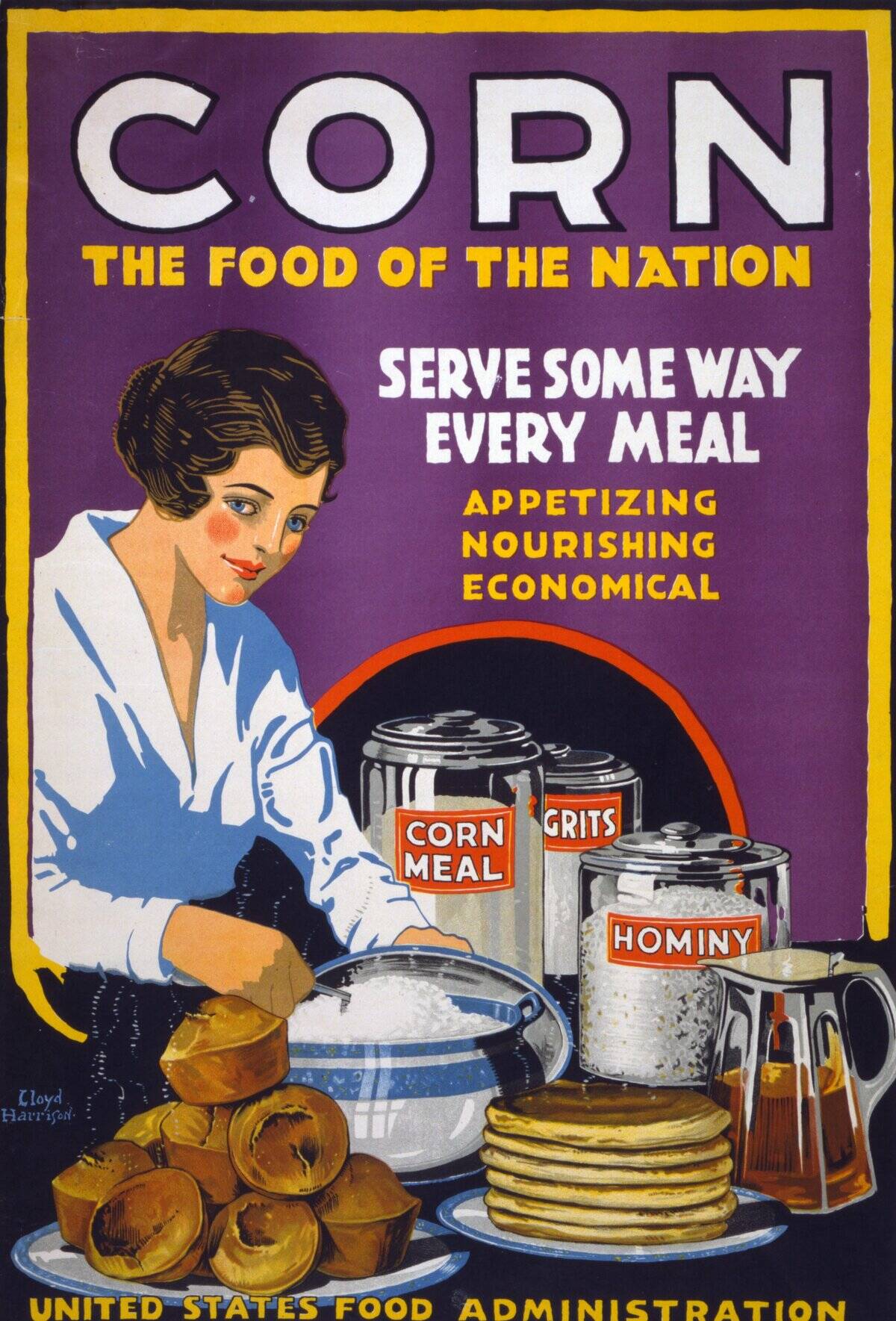
Wheat and corn were dietary staples during the Dust Bowl, though their availability was often inconsistent. Cornmeal was commonly used to make cornbread, a filling and versatile dish.
Wheat flour, when accessible, was a precious commodity, used sparingly to bake bread. These grains were the backbone of many meals, providing essential carbohydrates and a sense of normalcy amid the chaos.
Beans, Beans, the Magical Fruit: A Protein Powerhouse
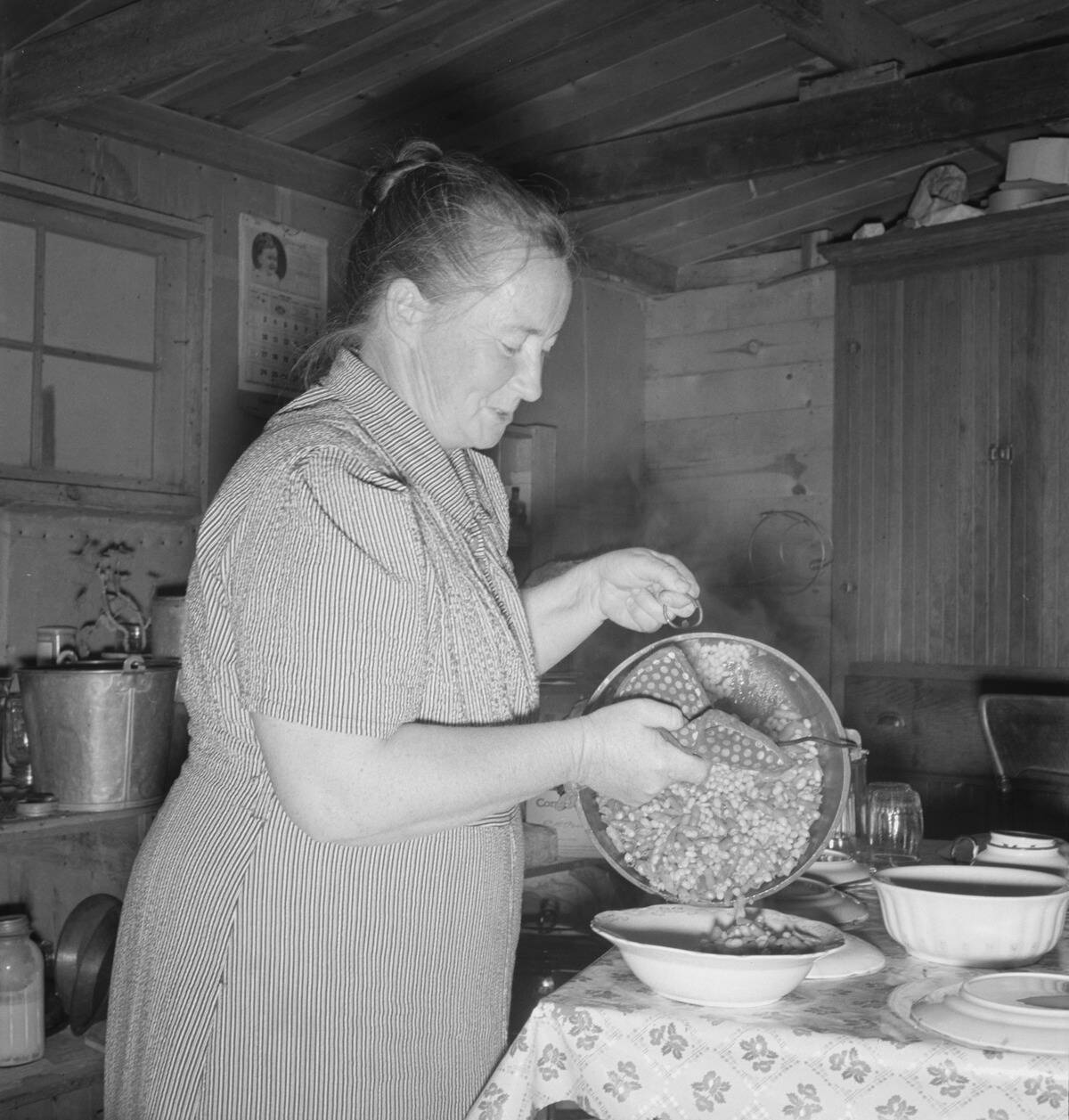
Beans were a vital source of protein during the Dust Bowl, offering a nutritious and affordable alternative to meat. Varieties like pinto, navy, and kidney beans were staples in many households.
Not only were they filling, but they could also be stored for long periods, making them a reliable food source. Beans were often cooked into stews or served with bread, providing sustenance for struggling families.
Canned Goods: Preserving Hope in a Can
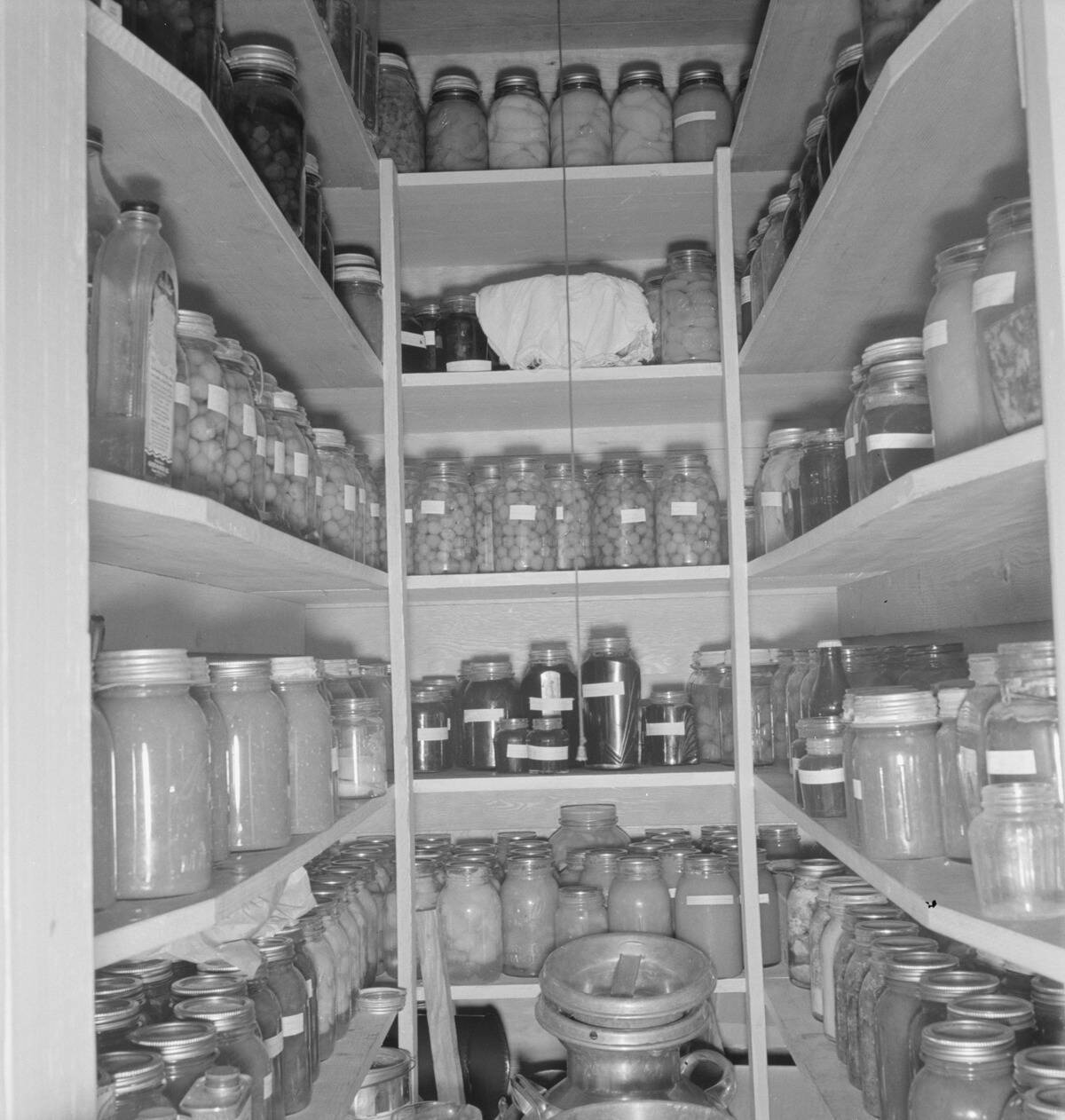
Canned goods became essential during the Dust Bowl, offering a way to preserve food for longer periods. Vegetables, fruits, and meats were often canned at home or purchased when possible.
These cans symbolized security in uncertain times, allowing families to have a reserve of food even when fresh produce was unavailable. The ability to can food at home was a skill passed down through generations and became crucial for survival.
Foraging for Survival: Finding Food in Unlikely Places
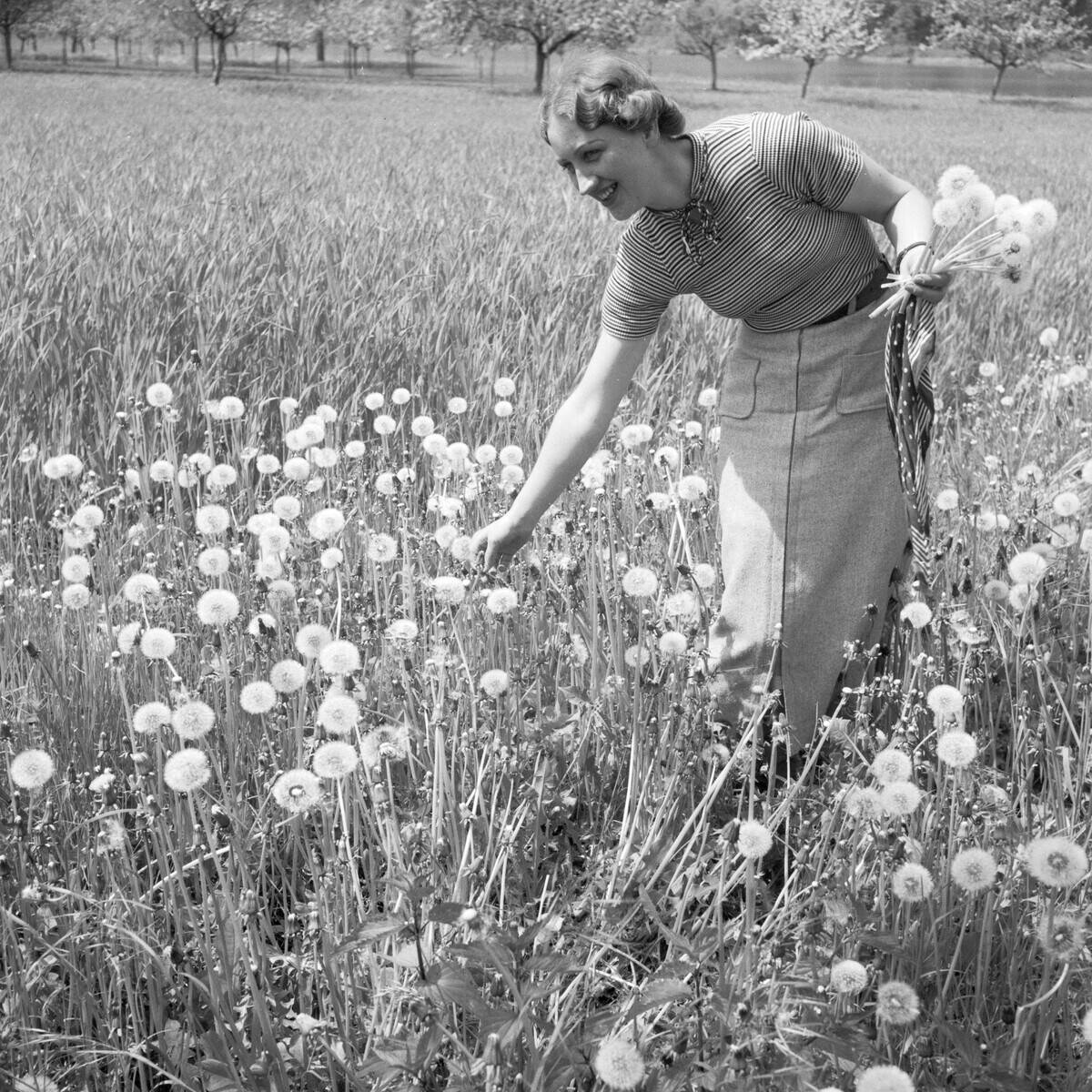
Foraging became a necessary skill, with families scouring the land for wild edibles. Dandelion greens, wild onions, and berries were common finds, supplementing diets when other food was scarce.
This practice not only provided nutrition but also connected people to the land in a new way. Foraging taught families to appreciate the natural world and its bounty, even in the harshest conditions.
The Role of Government Aid and Food Relief Programs

Government aid played a critical role in alleviating the food crisis during the Dust Bowl. Programs like the New Deal provided relief through food stamps and meal assistance.
These programs aimed to stabilize struggling families, providing them with basic food necessities. While not a complete solution, government aid was a lifeline, helping many survive the worst years of the Dust Bowl.
Creative Cooking: Making the Most of What Was Available
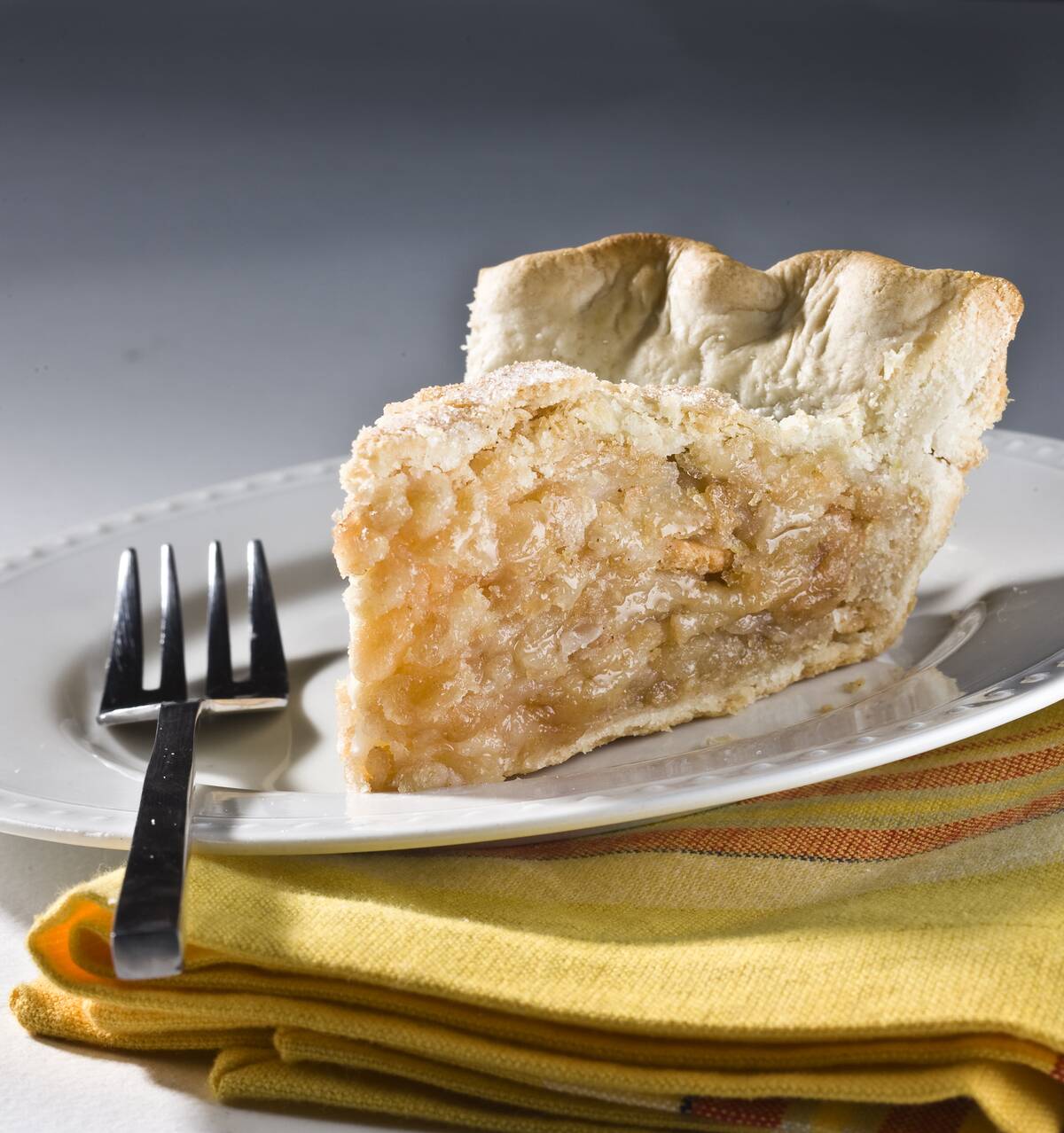
Dust Bowl cooks were masters of creativity, turning sparse ingredients into nourishing meals. Recipes often called for substitutions, like using applesauce instead of eggs.
Leftovers were repurposed to avoid waste, and new dishes were born from necessity. This resourcefulness was more than a survival tactic; it fostered a sense of pride and ingenuity, turning meager supplies into something greater.
Bread and Pancakes: Simple Comforts in Tough Times
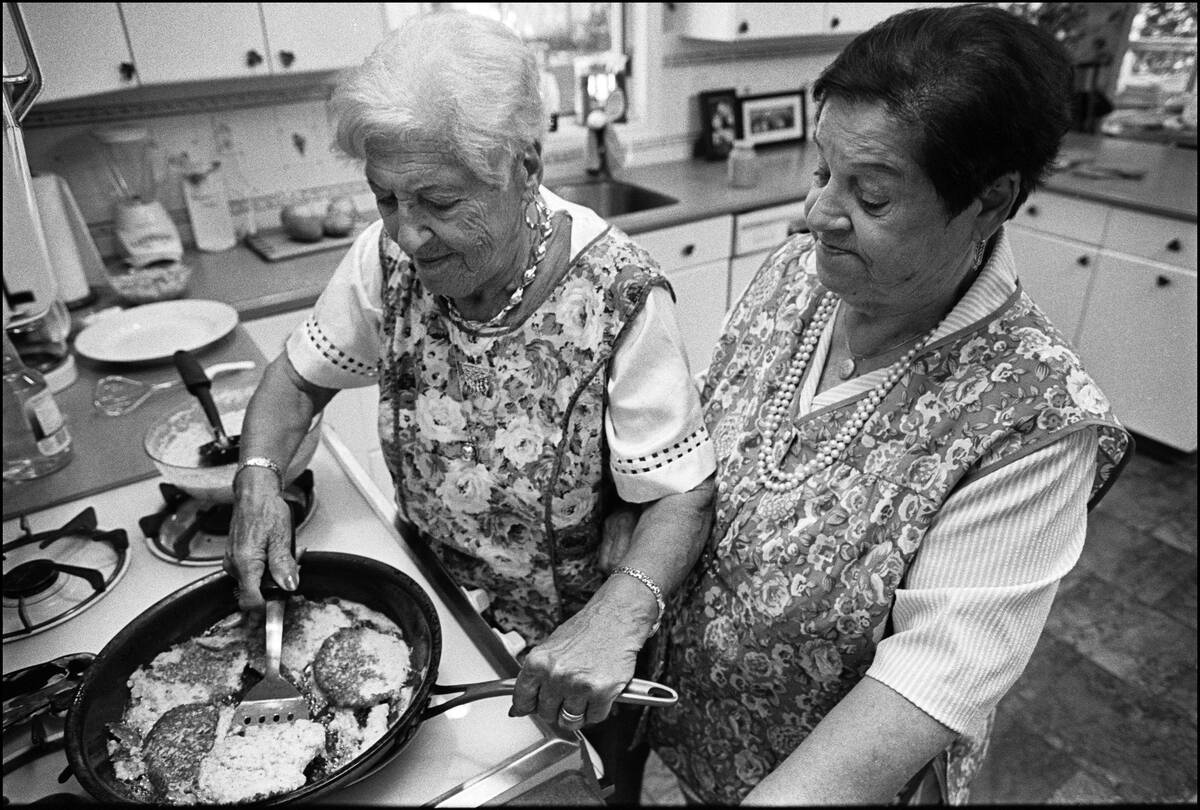
Bread and pancakes were comforting staples during the Dust Bowl, offering warmth and familiarity. Flour, when available, was a cherished ingredient, used sparingly to make these simple foods.
Pancakes were often made without eggs or milk, yet they remained a beloved meal. These humble dishes provided not just physical nourishment but also a semblance of normalcy in an otherwise turbulent time.
The Art of Stretching Meals: Soups and Stews
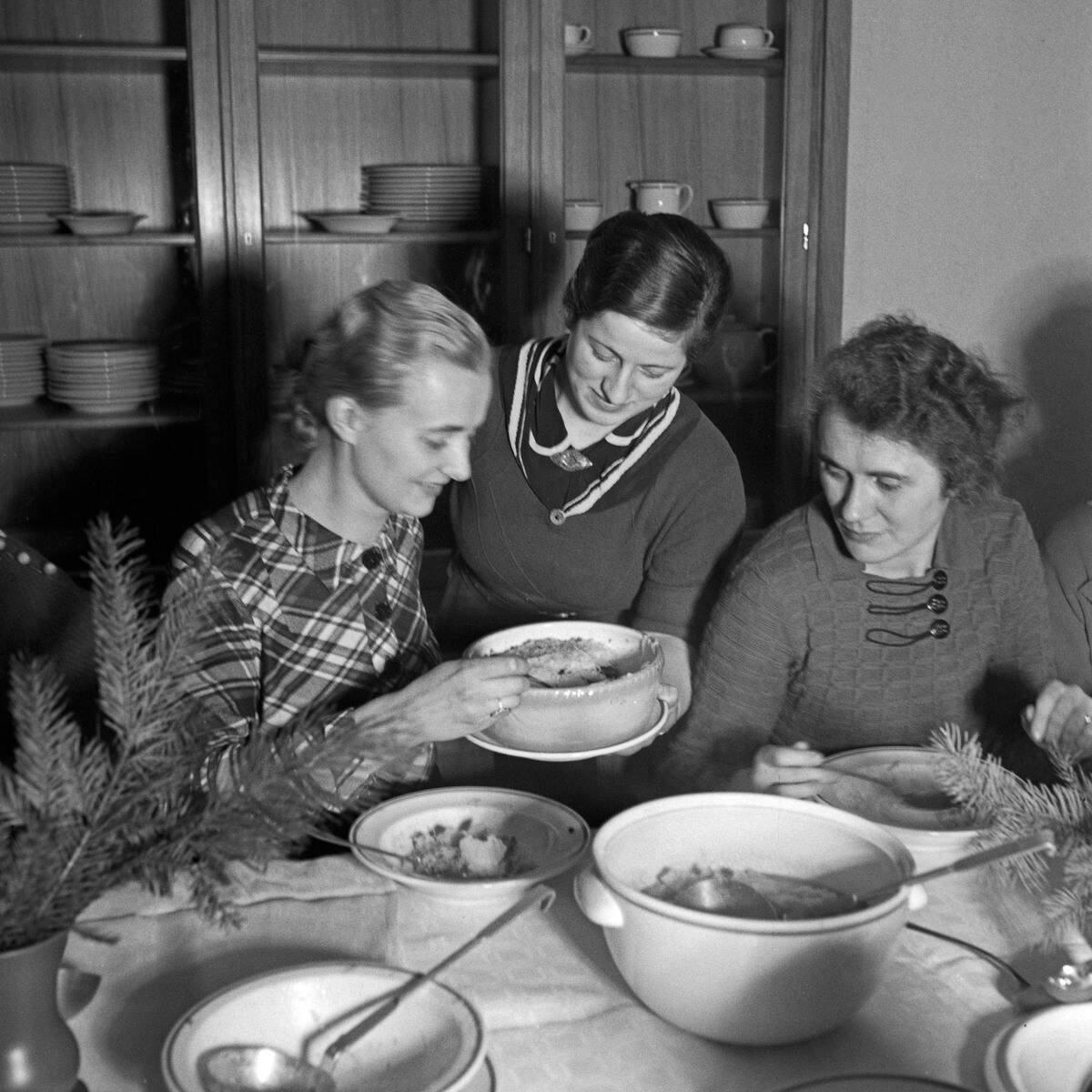
Soups and stews were dietary mainstays, exemplifying the art of meal stretching. By combining whatever vegetables, grains, and meats were available, families created hearty, filling dishes.
These meals could feed many with minimal ingredients, making them ideal for large families. Soups and stews were more than just food; they represented a communal effort, as everyone contributed what they could to the pot.
Potatoes: The Resilient Root Vegetable
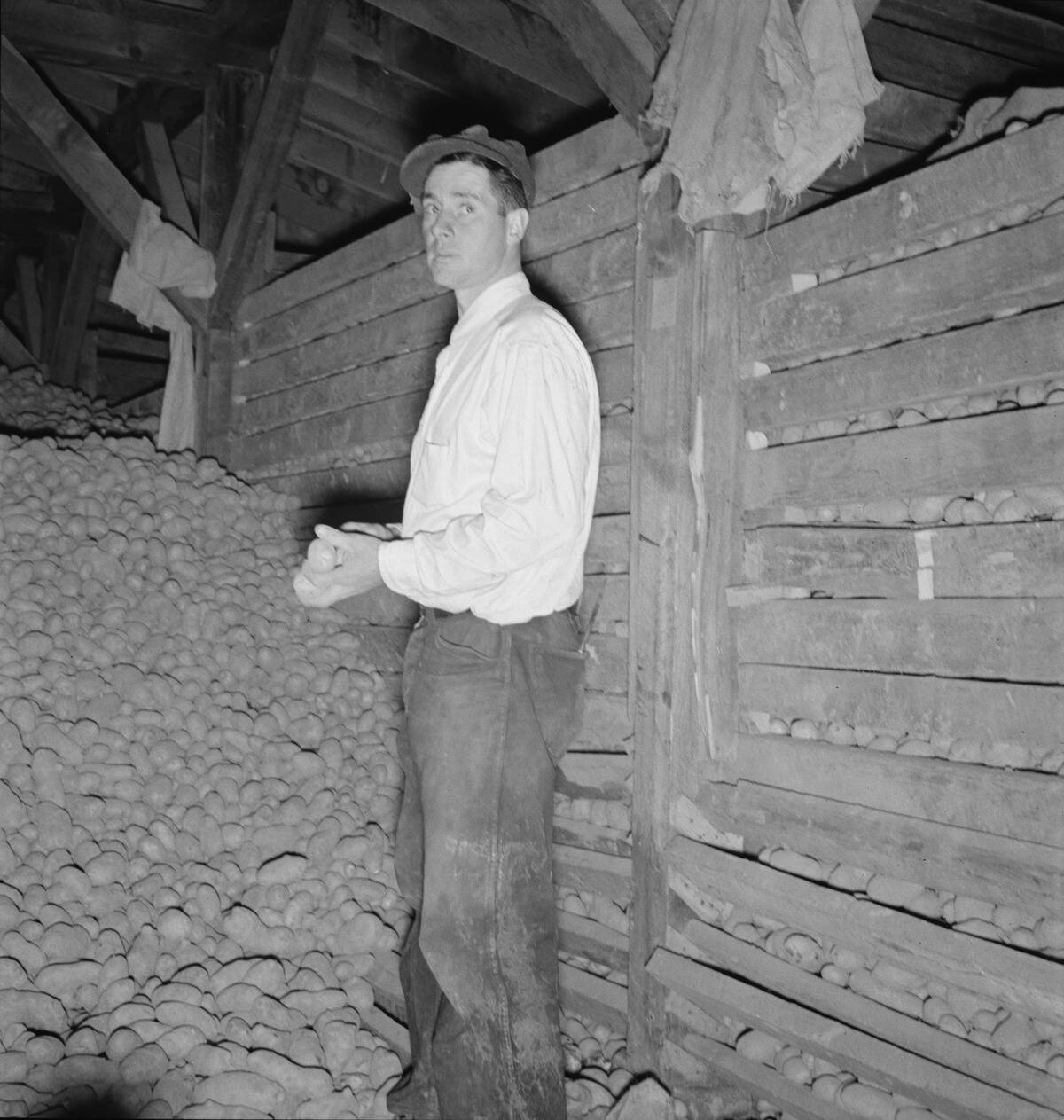
Potatoes were a reliable food source during the Dust Bowl, thriving in conditions where other crops failed. Their versatility made them a staple, from mashed potatoes to fried or baked variations.
Potatoes were filling and nutritious, providing carbohydrates essential for energy. They became a symbol of resilience, demonstrating that even in adversity, some crops could endure and sustain families.
Wild Game and Livestock: Meat in the Dust Bowl Diet
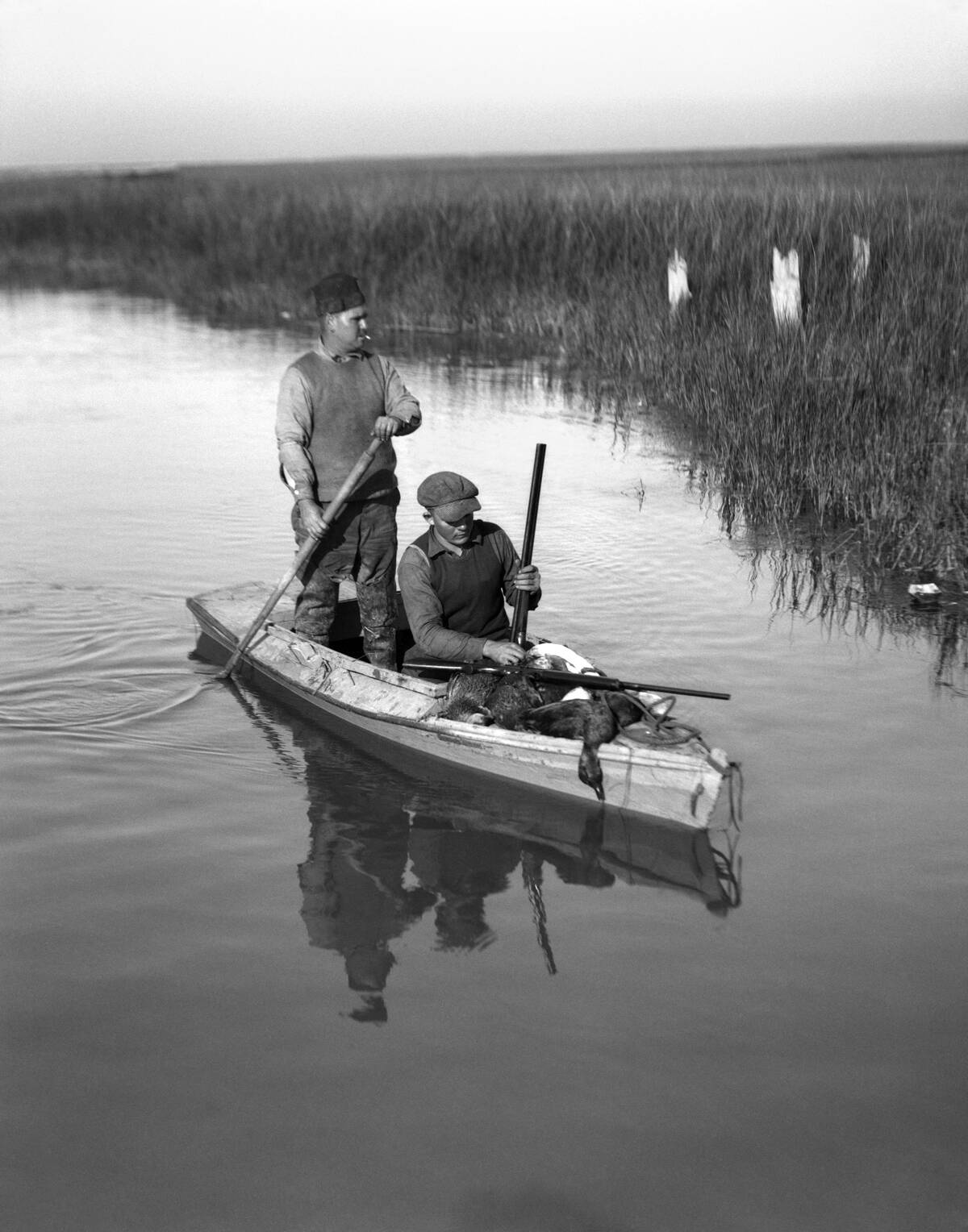
Wild game and livestock provided much-needed protein for Dust Bowl families. Hunting rabbits, deer, or birds became a way to supplement diets with meat.
Livestock like chickens and pigs were valuable, as they could be raised with fewer resources. These sources of meat were cherished, offering a break from the grain-heavy diets that dominated the era, and were often shared among communities.
The Role of Dairy: Milk, Butter, and Cheese
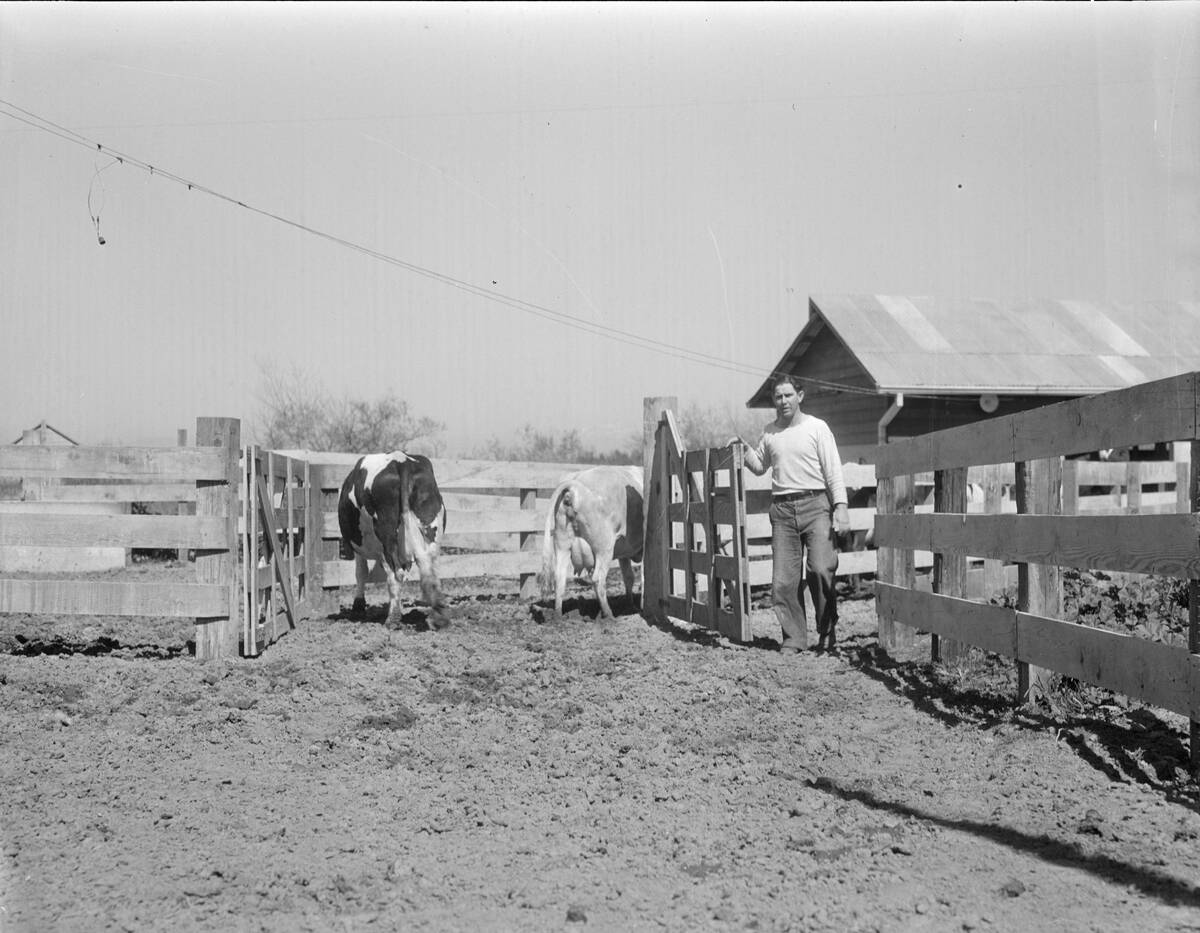
Dairy products like milk, butter, and cheese were luxuries during the Dust Bowl, often scarce but highly prized. Families with cows or goats were better off, as they could produce their own milk and make cheese.
Butter was used sparingly to add flavor to meals. These dairy products were not just nourishment; they were symbols of comfort and tradition, reminding families of better times.
Fruits and Vegetables: Scarcity and Substitutes
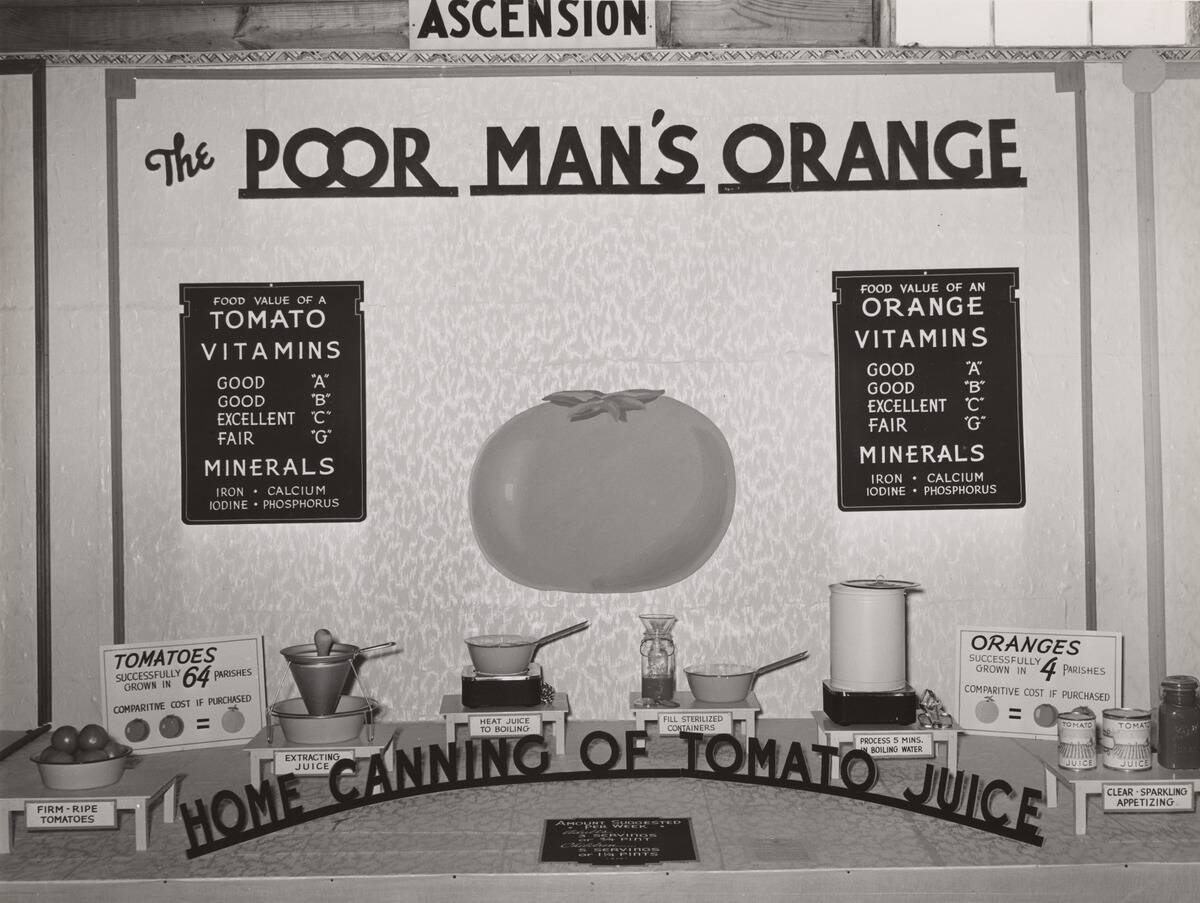
Fresh fruits and vegetables were rare during the Dust Bowl, leading to creative substitutes. Families turned to canned produce or preserved items like pickles and jams.
Root vegetables like carrots and turnips were more accessible and often used in cooking. These substitutes provided essential vitamins and minerals, helping families maintain their health despite the scarcity of fresh produce.
Community Cookbooks: Sharing Recipes and Solidarity

Community cookbooks emerged as a symbol of solidarity, with families sharing recipes to help one another. These collections included practical tips and resourceful meals, showcasing the collective ingenuity of the era.
Cookbooks became a way to preserve cultural heritage and foster a sense of community, as people came together to share their culinary wisdom and support each other through trying times.



